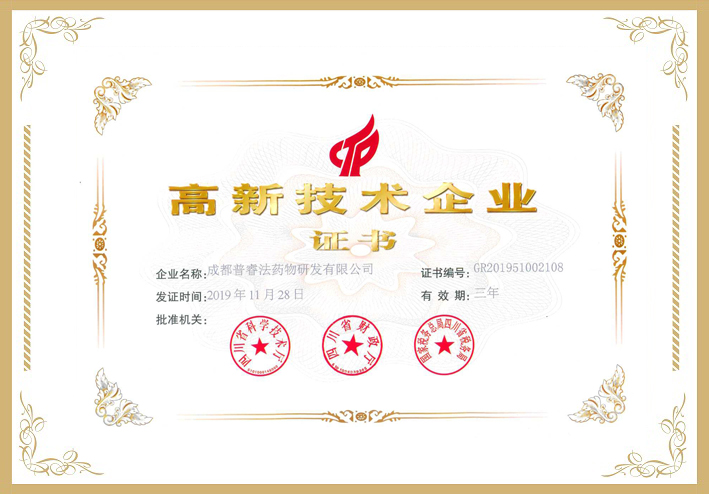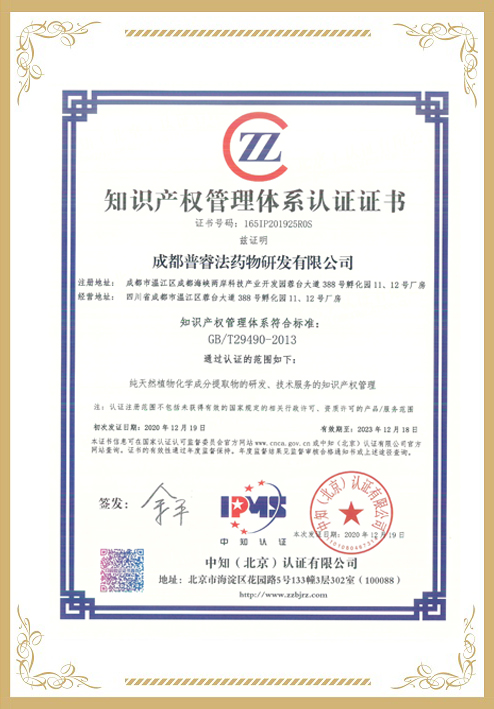Hyperuricemia is a metabolic disease caused by impaired uric acid (UA) metabolism. Ellagic acid (EA) is a natural small-molecule polyphenolic compound with known antioxidative and anti-inflammatory properties. Here, we evaluated the regulatory effects of EA on hyperuricemia and explored the underlying mechanisms. We found that EA is an effective xanthine oxidase (XOD) inhibitor (IC50 = 165.6 μmol/L) and superoxide anion scavenger (IC50 = 27.66 μmol/L). EA (5 and 10 μmol/L) treatment significantly and dose-dependently reduced UA levels in L-O2 cells; meanwhile, intraperitoneal EA administration (50 and 100 mg/kg) also significantly reduced serum XOD activity and UA levels in hyperuricemic mice and markedly improved their liver and kidney histopathology. EA treatment significantly reduced the degree of foot edema and inhibited the expression of NLPR3 pathway-related proteins in foot tissue of monosodium urate (MSU)-treated mice. The anti-inflammatory effect was also observed in lipopolysaccharide-stimulated RAW-264.7 cells. Furthermore, EA significantly inhibited the expressions of XOD and NLRP3 pathway-related proteins (TLR4, p-p65, caspase-1, TNF-α, and IL-18) in vitro and in vivo. Our results indicated that EA exerts ameliorative effects in experimental hyperuricemia and foot edema via regulating the NLRP3 signaling pathway and represents a promising therapeutic option for the management of hyperuricemia.























